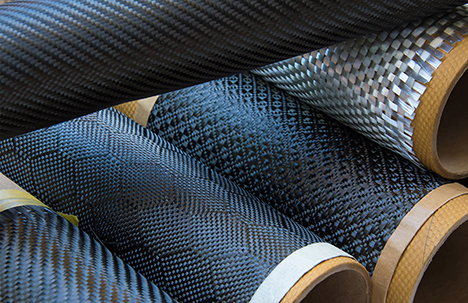Description
Composite fabrics represent an innovative fusion of materials, combining the best properties of different fibers to create textiles that are both functional and versatile. These fabrics are engineered to exhibit enhanced qualities such as increased strength, durability, and resistance to environmental factors, making them ideal for a wide range of applications, from aerospace to sportswear. By integrating materials like carbon fibers, aramid fibers, and glass fibers with traditional textiles, composite fabrics can achieve superior performance characteristics that meet the demands of modern industries.
One of the most significant advantages of composite fabrics is their lightweight nature, which allows for easier handling and increased comfort without sacrificing strength. This has led to their widespread adoption in industries such as automotive and aviation, where every ounce counts and performance is paramount. Additionally, the potential for customization in composite fabrics means they can be tailored to suit specific needs, whether it’s achieving a desired aesthetic, improving thermal insulation, or enhancing moisture-wicking properties.
In the realm of sustainable fashion, composite fabrics are also making strides. By incorporating recycled materials or biodegradable fibers into their structure, manufacturers can create environmentally friendly textiles that do not compromise on quality or performance. This aligns with the growing consumer demand for sustainable products, allowing brands to appeal to eco-conscious shoppers while still delivering high-performance solutions.
As technology continues to evolve, the future of composite fabrics looks promising. Advances in manufacturing techniques, such as 3D weaving and digital printing, are opening up new possibilities for design and functionality. These innovations not only enhance the aesthetic appeal of composite fabrics but also enable the development of intricate patterns and structures that were previously unimaginable. Overall, composite fabrics are at the forefront of textile innovation, offering unparalleled benefits that cater to both industrial and consumer needs.











